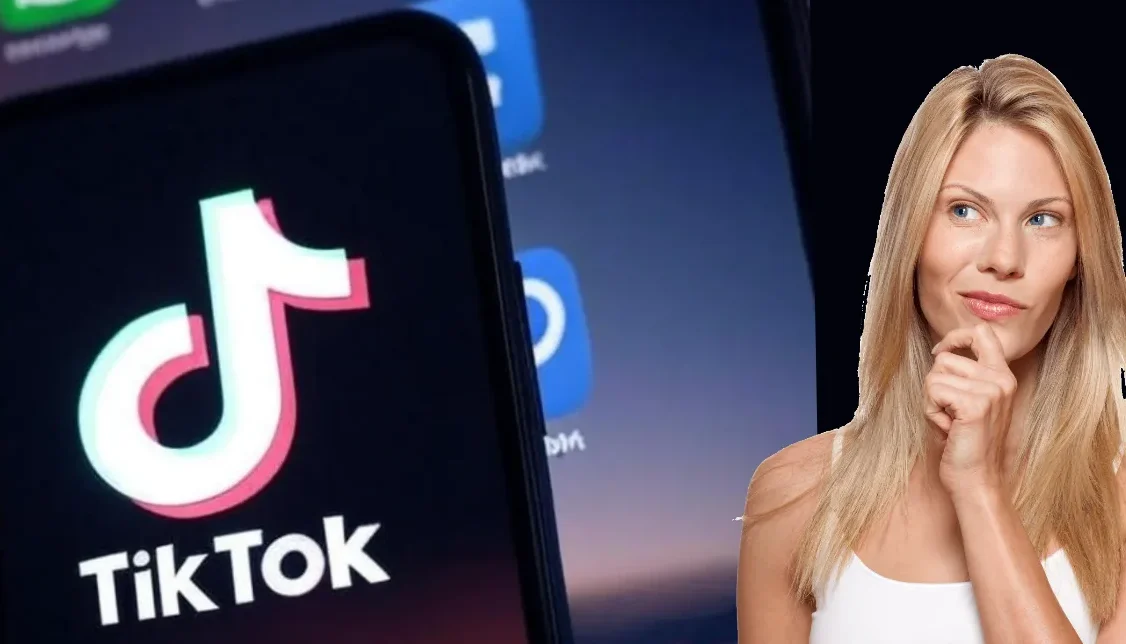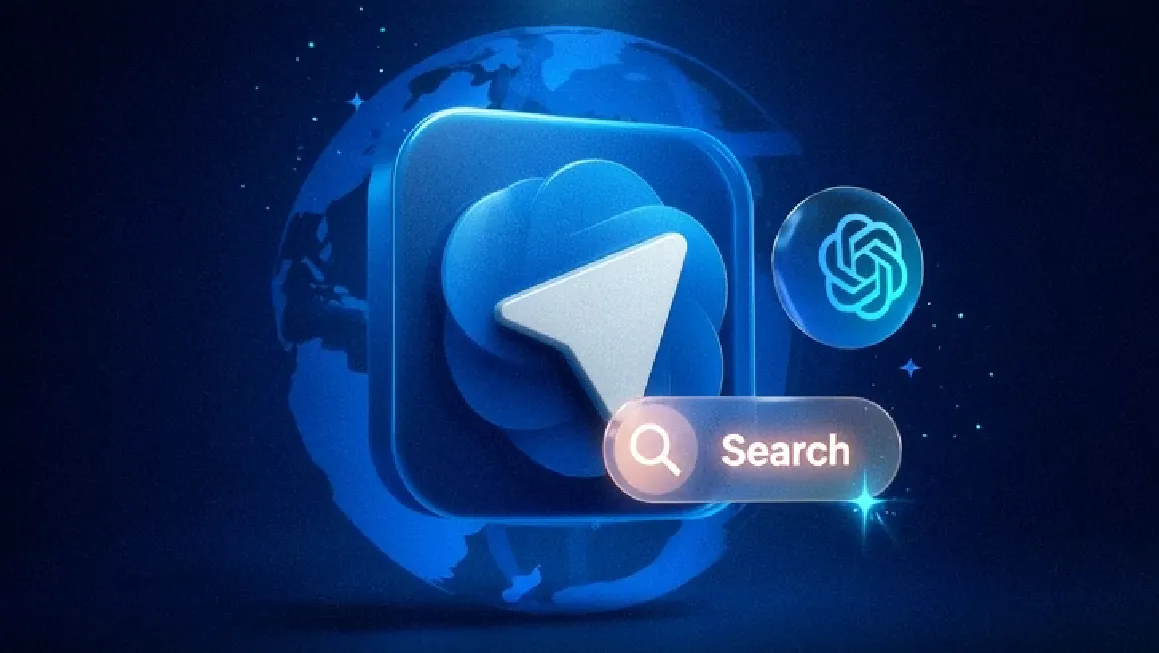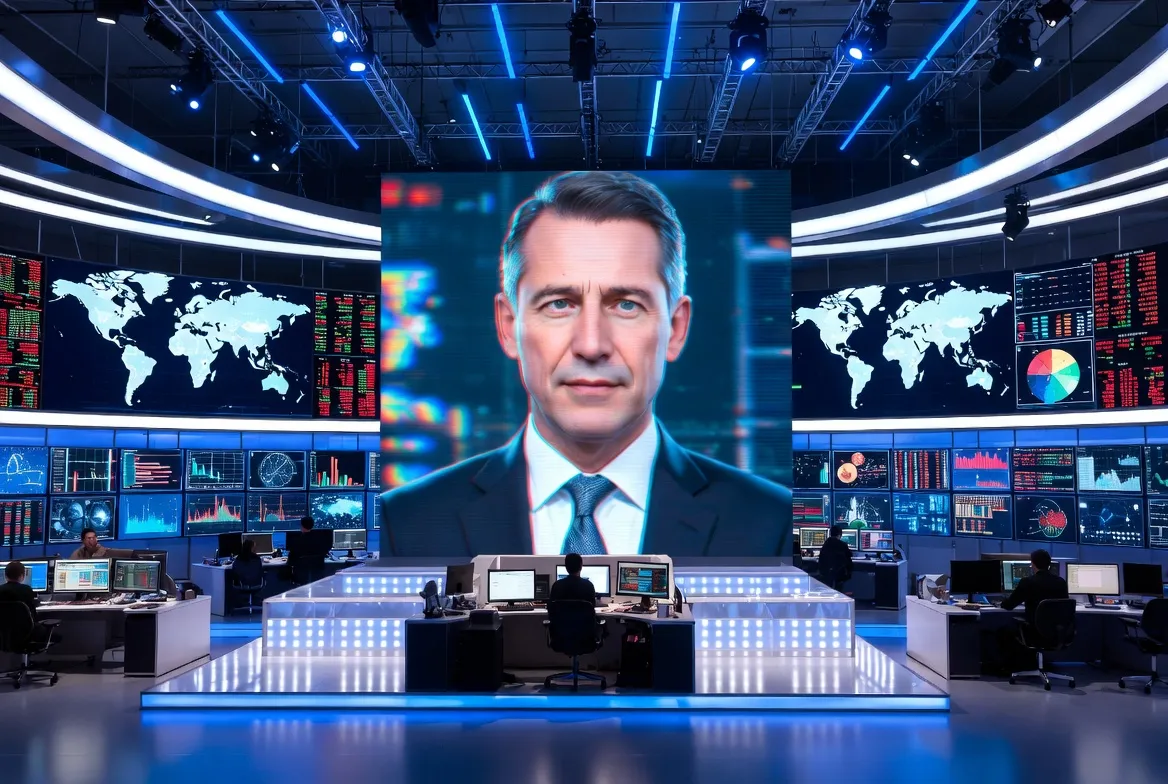As of today, Saturday, August 23, 2025, Rumors have been circulating about the return of TikTok. TikTok is the app’s fate remains a hot topic, with users reminiscing about its viral trends and governments doubling down on their decisions. But why has TikTok faced such a global backlash? Let’s explore the reasons, the ripple effects, and what this means for the future of social media.
Why the tiktok Bans?
TikTok is also banned in other countries around the world, including India, but it is often banned due to some key concerns. Let us shed some light on this.
National Security and Data Privacy:
The most cited reason is the fear that TikTok, owned by ByteDance, a Chinese company, could share user data with the Chinese government. In India, the ban in June 2020 came after a border clash with China, with the government claiming the app posed a privacy threat to its 1.3 billion citizens’ by sending data to foreign servers. Similarly, the U.S. Supreme Court in 2025 ruling to enforce a nationwide ban hinged on national security risks tied to ByteDance’s alleged links to Beijing.
Cultural and Social Impact:
Some nations have flagged TikTok for its valour Ugly content. The Taliban in Afghanistan banned it in 2022, arguing it clashed with Islamic values and misled youth.
On the other hand, the Islamic country of Pakistan has not taken any action against this tiktok content. Because they want to maintain good economic relations with China.
Nepal followed suit in 2023, citing disruptions to “Social Harmony” and the spread of indecent material, while Kyrgyzstan in 2024 highlighted its addictive nature and lack of age restrictions.
Political Leverage:
Geopolitical tensions often play a role. The U.S. ban, for instance, came amid escalating U.S.-China rivalry, with lawmakers viewing TikTok as a potential tool for espionage or propaganda.
Related Posts
The Rise of Alternatives
With TikTok out of the picture in many places, competitors have stepped up. Instagram Reels and YouTube Shorts offer similar short-video formats, complete with editing tools and trending challenges. However, users note differences—Reels integrates seamlessly with Instagram’s social graph, while Shorts benefits from YouTube’s vast library. Still, the void left by TikTok’s ban has fueled debates about whether these alternatives can capture its cultural magic, especially in markets like India where #YehMeraIndia and #EduTok once dominated.
What Lies Ahead?
As of now, there’s no universal reversal in sight. In India, improved India-China relations in 2025 have sparked speculation, but the government insists the ban stands without official changes. The U.S. ban includes a potential loophole—if ByteDance sells TikTok, it might return, though negotiations remain stalled. Meanwhile, ByteDance is exploring localized versions and legal challenges, while users continue to adapt.
Conclution:
TikTok’s ban is a reflection of global tensions, privacy fears, and the power of digital culture. Whether it makes a comeback or fades into memory, its legacy will shape how we view social media moving forward. What do you think—should TikTok be unbanned with stricter rules, or is this the end of an era? Drop your thoughts in the comments!



